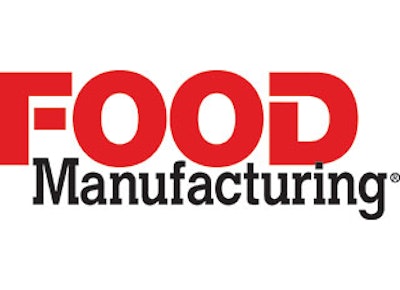
You can read Part I here.
Deciding on a BYOD Adoption Strategy
Different businesses will approach BYOD with different expectations across a spectrum of adoption scenarios. Every business needs a BYOD strategy, even if the intention is to deny all devices except IT approved and managed devices. Figure 2 shows a number of possible adoption scenarios into which most businesses fit.
Figure 2
Businesses within industries with high degrees of regulation, such as finance or secure government agencies, may need to take a restrictive approach with BYOD adoption to protect sensitive data. Devices may need to be tightly controlled and managed as in the traditional IT approach, which may still be valid in these instances.
For many companies, adoption will range from allowing a broader set of devices with restrictive access to applications to embracing BYOD in full, encouraging broad adoption of many or all device types and deploying security measures to enable access to a broad set of enterprise applications and data. In the broadest sense, some companies will adopt a “mobile first” strategy, whereby their own internal applications development will be prioritized on tablets and smartphones, seeking competitive advantage by leveraging the broadest set of productivity tools and devices.
Understanding where your business will fit now and in the future along the adoption spectrum is useful to prepare for security policies, entitlement, and overall strategy for the BYOD initiative.
[Continue reading...]



















